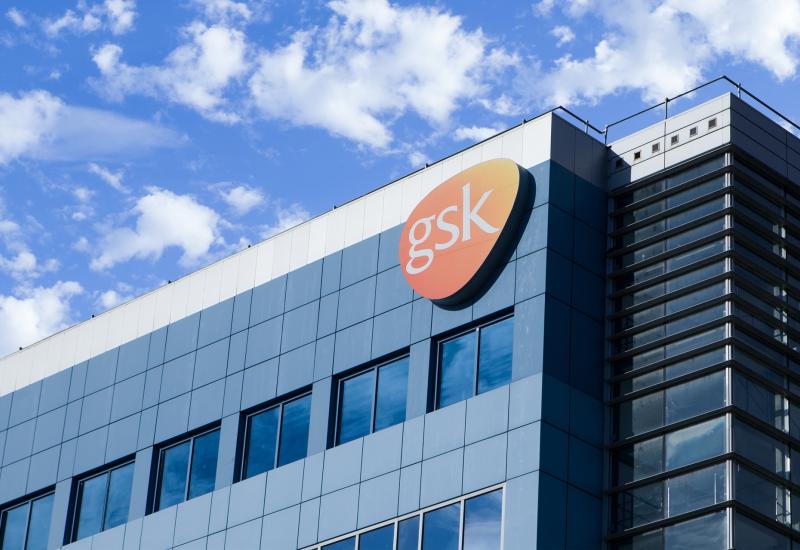
Merck KGaA’s oncology catalyst approaches
Three years after licensing in the IAP inhibitor xevinapant Merck KGaA will find out if the deal was worth it.
Three years after licensing in the IAP inhibitor xevinapant Merck KGaA will find out if the deal was worth it.

A major test of Merck KGaA’s oncology pipeline and licensing deal prowess is approaching, with the phase 3 Trilynx study of xevinapant in squamous head and neck cancer set to undergo an interim analysis during the current quarter.
Merck licensed xevinapant from Debiopharm in March 2021 for €188m up front; Trilynx was already under way at that time, so the deal appeared to be a straight bet by Merck on its outcome. An immediate Trilynx halt for efficacy or futility are the respective bull and bear scenarios, though if interim data don’t trigger stopping criteria the study will continue to full analysis, setting up a year-end catalyst.
The outcome is important for German Merck, which faces patent expiries and, beyond ex-US rights to Erbitux, has scored few successes in oncology. With Bavencio failing to move the needle, xevinapant is seen as the company’s biggest hope in cancer, and Jefferies analysts reckon it has blockbuster potential – depending on the outcome of Trilynx.
Locally advanced
The precise setting of Trilynx is locally advanced squamous head and neck carcinoma. At this stage the cancer can be resected and patients given adjuvant chemoradiation, but recurrence is high; Merck & Co’s Keytruda is approved first-line, but in more advanced, unresectable disease, which isn’t comparable to the Trilynx setting.
Trilynx enrols 730 non-resected patients, comparing xevinapant plus cisplatin and radiotherapy, versus cisplatin and radiotherapy alone, and tests event-free survival as primary endpoint. Jefferies cites hazard ratio bars of 0.87 for futility and 0.66 for superiority, but says the likeliest scenario is an interim result somewhere in between, meaning that Trilynx continues to full analysis.
Baseline expectations have been aided by a small – but controlled – phase 1/2 study in a similar head and neck cancer setting, whose results were presented at ESMO 2020 and likely drove Merck’s interest. Here a three-year analysis showed a 66% reduction in risk of progression or death (p=0.0023).
A much bigger trial will likely see some drop-off in efficacy, but while a similar-sized benefit is unrealistic the omens for success are at least good. If Trilynx is stopped early for efficacy this could set up an immediate xevinapant filing, around a year ahead of schedule.
Inhibitor of apoptosis
Xevinapant is the industry’s most advanced oral IAP (inhibitor of apoptosis proteins) inhibitor, a class with few successes to show for itself. Early-stage discontinuations include AstraZeneca’s AZD5582 and Curis’s Roche-derived CUDC-427, for instance.
Meanwhile, OncologyPipeline reveals two active projects beyond xevinapant. Novartis’s LCL161 has shown promise in myelofibrosis, and is in phase 2 development for this malignancy as well as multiple myeloma and triple-negative breast cancer, while Chia Tai recently took TQB3728 into a phase 1/2 NSCLC trial.
Unsurprisingly, Trilynx isn’t the sole focus for xevinapant. Merck sees two further opportunities in resectable, locally advanced head and neck cancer, namely unresected patients who are cisplatin ineligible, and cisplatin-ineligibles in the adjuvant setting.
Current treatment for the former is Erbitux plus radiotherapy. Here a phase 3 xevinapant study has been initiated by Gortec, a grouping of five French hospitals. And Merck itself is running Xray Vision, a phase 3 adjuvant trial in cisplatin-ineligibles, though this won’t read out for some time.
Before then, the first results of Trilynx are eagerly awaited.
Phase 3 xevinapant trials in locally advanced squamous head & neck cancer
| Study | Population | Design | Data/endpoints |
|---|---|---|---|
| Trilynx | 1st line, resectable, cisplatin eligible | +cisplatin+radiotherapy, vs cisplatin+radiotherapy | First interim analysis Q1 2024, EFS sole primary |
| XXL_2022-01 (investigator sponsored) | 1st line, resectable, cisplatin ineligible | +Erbitux+radiotherapy, vs Erbitux+radiotherapy | Completion date Jul 2024, PFS sole primary |
| Xray Vision | Adjuvant, cisplatin ineligibles | +radiotherapy, vs radiotherapy | Completion date Oct 2027, DFS sole primary |
Source: OncologyPipeline.
1742













